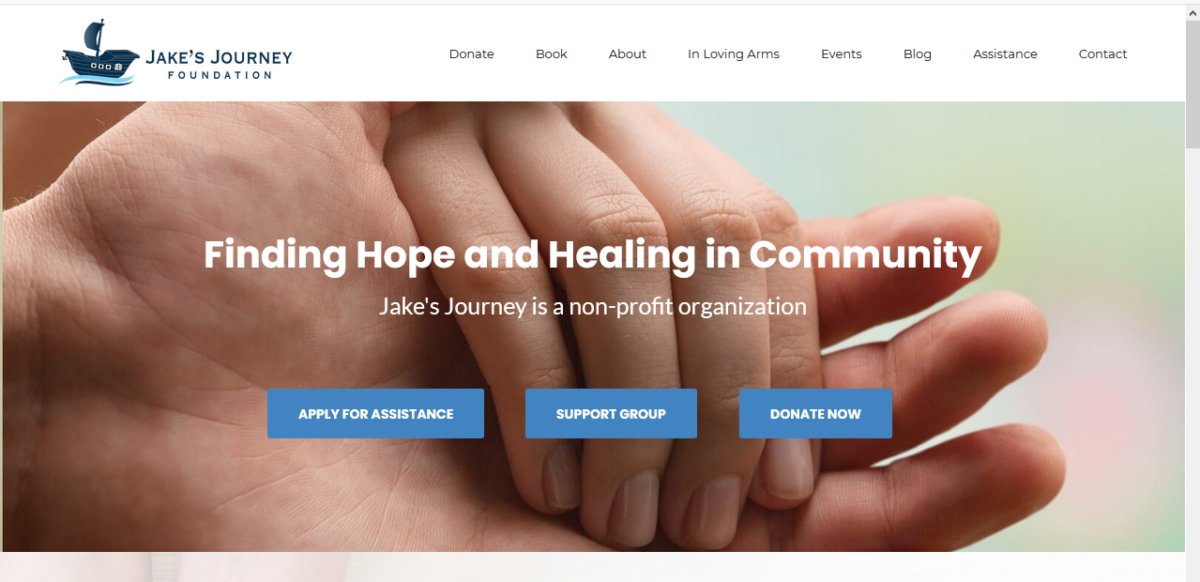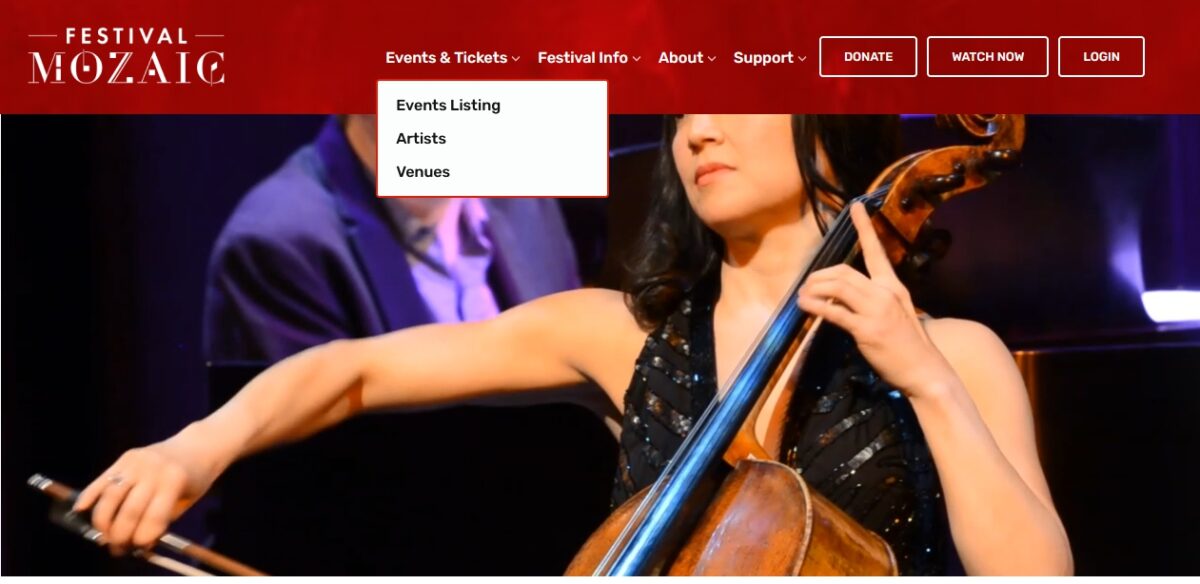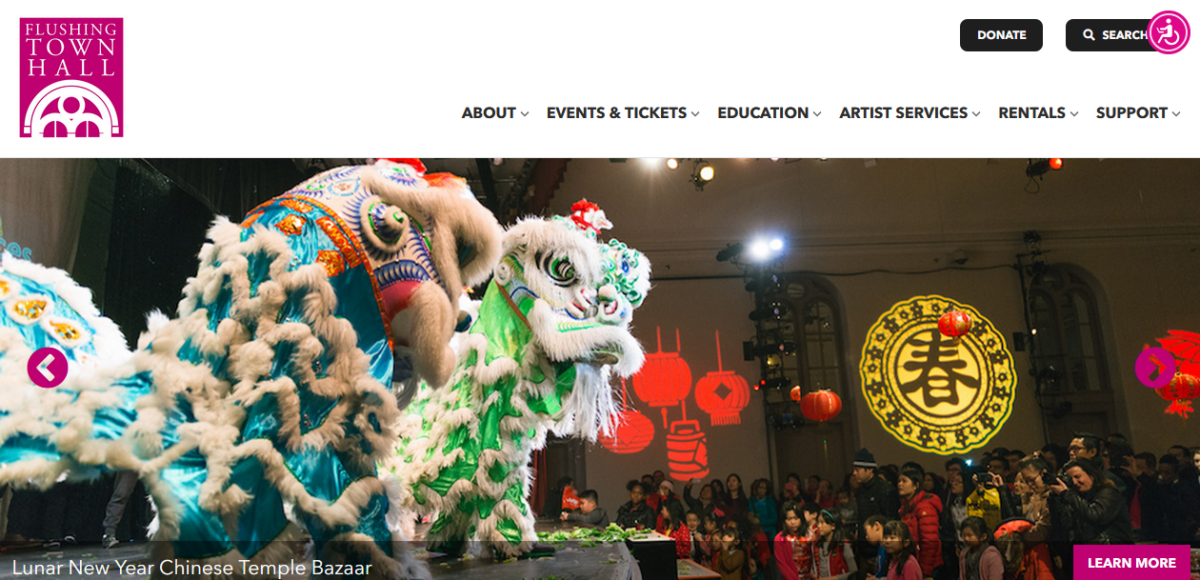I (LaMae) have probably advised you on vendors, set-ups or other miscellaneous curiosities. I’m always happy to chat and advocate for you.
One of the things we talk about most often is how to determine vendors and whether to use a vendor with packaged services or purchase the services individually. My answer still remains -keep them separate. But when you consider how to make that decision, think about control, integration, and cost. I’ll offer some examples that may help.
Credit Card Processing: As you know, you will need a Merchant Account, a Gateway, Bank Account, and a form/cart/shopping tool. You have the option to use an integrated service such as Stripe and quickly add your bank account and that can work great. Or you can put things together on your own, work a bit more upfront and pay less over time. I have selected our gateway provider and merchant processor separately and then linked them together. Why? So if one doesn’t work out, I can quickly find a replacement to connect in and I have not lost a minute. If I purchase everything together, I feel a bit at the other’s mercy. If an all-in processor turns out not to work as expected, you have to start all over.
Domains: Always own and keep access to your own domain — end of the story. (I’ve spent hours and hours helping folks untangle domain ownership)
So with these examples in mind, here are my general guidelines
- Make sure control is key — you should own what is yours and have an understanding of what an exit path may be.
- How much work is it to change…both from figuring it out and the actual changes needed.
- Read reviews
- Ask an expert
And for the cost decision — that will probably become clear when you review the above items. Technology is becoming more flexible, interchangeable, and cost-effective.
Compare apples to apples and do your homework.






